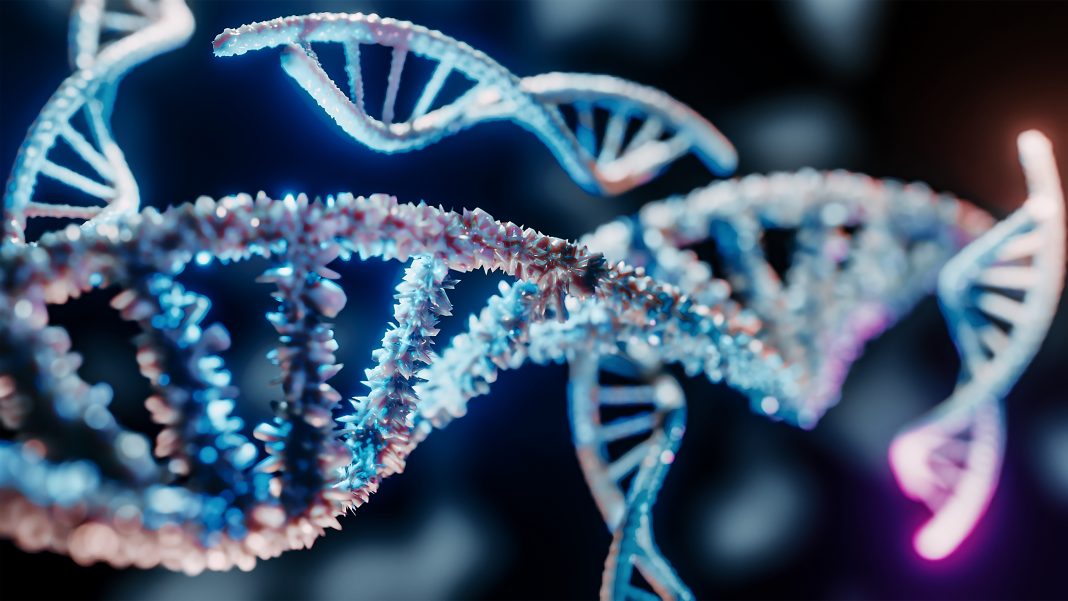Professor Alan Boyd explains the science behind gene therapy, the challenges in treating genetic diseases, and current trends in the sector
There are hundreds of genetic diseases that occur in humans, and over the last two decades, a significant amount of research has been undertaken to see if gene therapy can be used in treating genetic diseases, with a lot of progress being made.
What is gene therapy?
Gene therapy uses DNA/RNA as a pharmaceutical agent to treat disease. The use of gene therapy falls into two distinct areas. It can involve the use of DNA/RNA that encodes a functional, therapeutic gene to replace a mutated gene, or in a more sophisticated way, whereby DNA/RNA is used to encode a therapeutic protein drug (rather than a natural human gene) to provide treatment.
The first gene therapy clinical study took place in September 1990 at the National Institute of Health, Washington, DC. It was performed on a four-year-old girl as a treatment for a genetic defect that caused her to have an immune system deficiency (SCID). The treatment effects were only temporary, but successful. Since then, approximately 3,200 clinical trials have been conducted using a range of techniques for gene therapy.
How does gene therapy work?
In gene therapy, a carrier vector is typically used to deliver the therapeutic gene to the patient’s target cells. The majority of these vectors are viruses that have been genetically altered to carry normal human DNA. This is because viruses have evolved a way of encapsulating and delivering their genes to human cells in a pathogenic manner.
Vectors are utilised to take advantage of this capability. The virus genome is manipulated to remove disease- causing genes and insert the therapeutic genes that are useful in treating a disease.
Next, the target cells in the patient are infected with the viral vector. The vector then unloads its genetic material containing the therapeutic human gene into the target cells, generating a functional protein product from the therapeutic gene and restoring the target cell to a normal state.
Challenges of treating genetic diseases
The main challenge we have in treating genetic diseases is finding a direct route of administration to the site of action. Indeed, the majority of gene therapy products that have reached an advanced stage of clinical development require special routes of delivery and administration to get them to the site where they are needed and to bring about their therapeutic effects locally.
Another challenge is that because we are using viruses to deliver gene therapies, the body will develop an immune response to that virus meaning it will attack and try and eliminate it. This is another reason why we need to try and get it to the site and the organ where it is needed. To dampen the immune response, steroid therapy and/or immunosuppressive agents are commonly administered at the same time as the gene therapy.
Trends in gene therapy
We are seeing significant growth in the use of adeno-associated viruses (AAV) to treat conditions of the eye, nervous system, and blood. AAVs are ‘helper viruses’ that we all carry in our bodies. Whilst they are non-pathogenic and do not cause any symptoms, they help other viruses get into cells in the body and, therefore, can be used as vectors to deliver gene therapy.
A key advantage of AAVs is that they tend not to be destroyed by the body’s immune response and can remain there for a long time, using the DNA to churn out the protein needed to treat the disease. This means that, with most gene therapies, we only need to administer a single dose to humans. An example of this is the gene therapy product Luxturna developed by Spark Therapeutics, approved for the treatment of inherited blindness in children.
Another area increasing in popularity is the use of lentivirus as an ex vivo gene therapy. Lentivirus can deliver a significant amount of replacement DNA into the DNA of the host cell and has the unique ability to infect non-dividing cells, making them one of the most efficient methods of gene vector delivery.
It is an exciting time for gene therapy, with many products in phase 3 late-stage development. The recent approval of the gene therapy product Adstiladrin for the treatment of non-muscle invasive bladder cancer was an exciting landmark for the industry in being the first time a gene therapy has been approved to treat a cancer, and demonstrating it is possible to effectively target more challenging cancers such as solid tumours.
We are proud that of the 23 cell and gene therapy products that have been approved globally, Boyds has worked on nine of these at some time.
Boyds is the trading name for Alan Boyd Consultants Limited in the UK, Boyds Consultants Limited in Ireland, and Alan Boyd Consultants Inc in the USA.
For more information, please visit: www.boydconsultants.com










